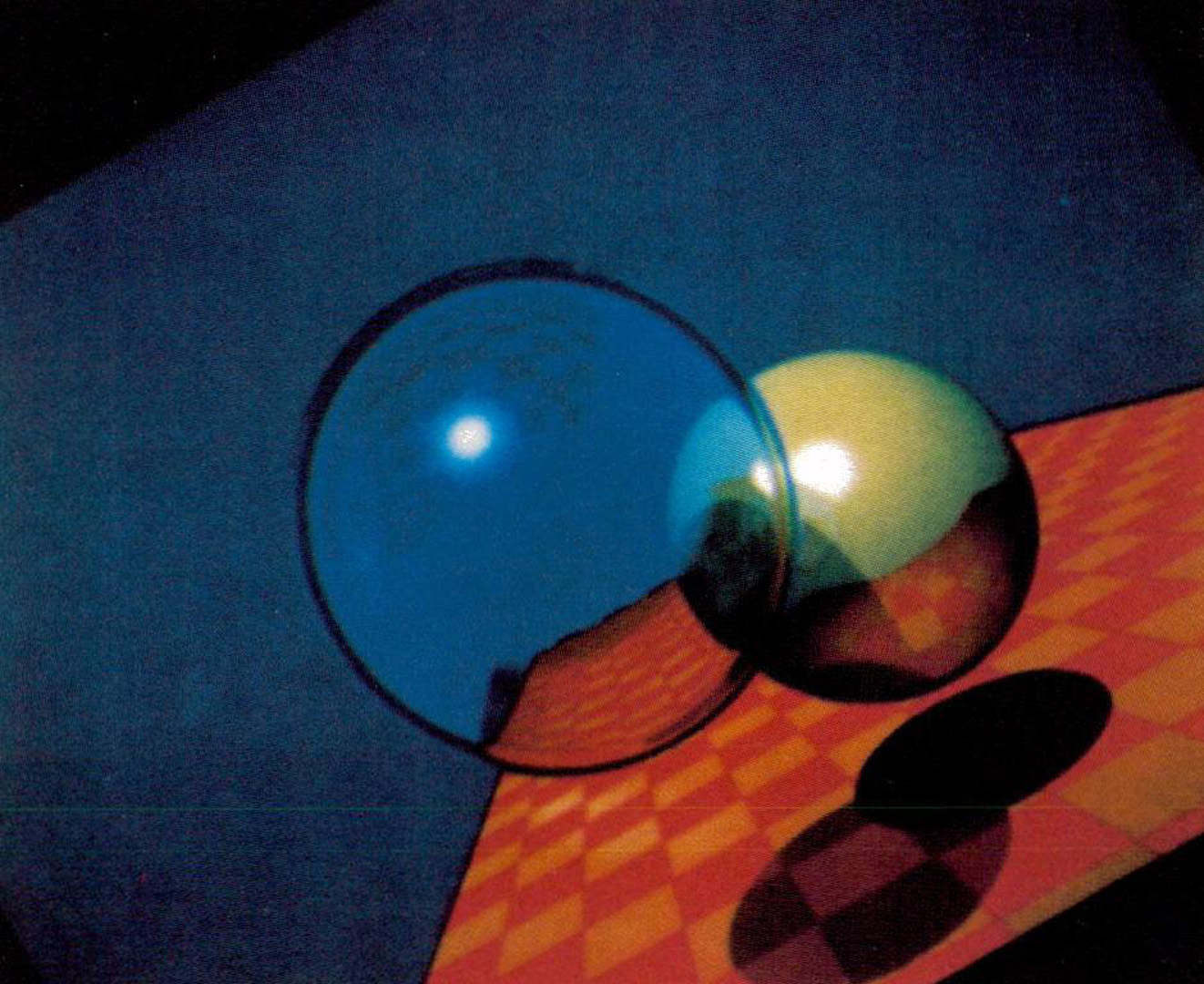“3-D transformations of images in scanline order” by Catmull and Smith
Conference:
Type(s):
Title:
- 3-D transformations of images in scanline order
Presenter(s)/Author(s):
Abstract:
Currerntly texture mapping onto projections of 3-D surfaces is time consuming and subject to considerable aliasing errors. Usually the procedure is to perform some inverse mapping from the area of the pixel onto the surface texture. It is difficult to do this correctly. There is an alternate approach where the texture surface is transformed as a 2-D image until it conforms to a projection of a polygon placed arbitrarily in 3-space. The great advantage of this approach is that the 2-D transformation can be decomposed into two simple transforms, one in horizontal and the other in vertical scanline order. horizontal scanline order, Sophisticated light calculation is also time consuming and difficult to calculate correctly on projected polygons. Instead of calculating the lighting based on the position of the polygon, lights, and eye, the lights and eye can be transformed to a corresponding position for a unit square which we can consider to be a canonical polygon. After this canonical polygon is correctly textured and shaded it can be easily conformed to the projection of the 3-D surface.
References:
1. James F. Blinn, “Simulation of Wrinkled Surfaces”. SIGGRAPH Proceedings, August 1978, 286-292.
2. Edwin Catmull, “Computer Display of Curved Surfaces”, Proc. IEEE Conference on Computer Graphics, Pattern Recognition, and Data Structures, Los Angeles, May 1975.
3. Steven A. Coons, “Transformations and Matrices”, Course Notes No. 6, University of Michigan, Nov. 26, 1969.
4. A. Robin Forrest, “Coordinates, Transformations, and Visualization Techniques”, University of Cambridge, Computer Laboratory CAD Document 45, June 1969.





